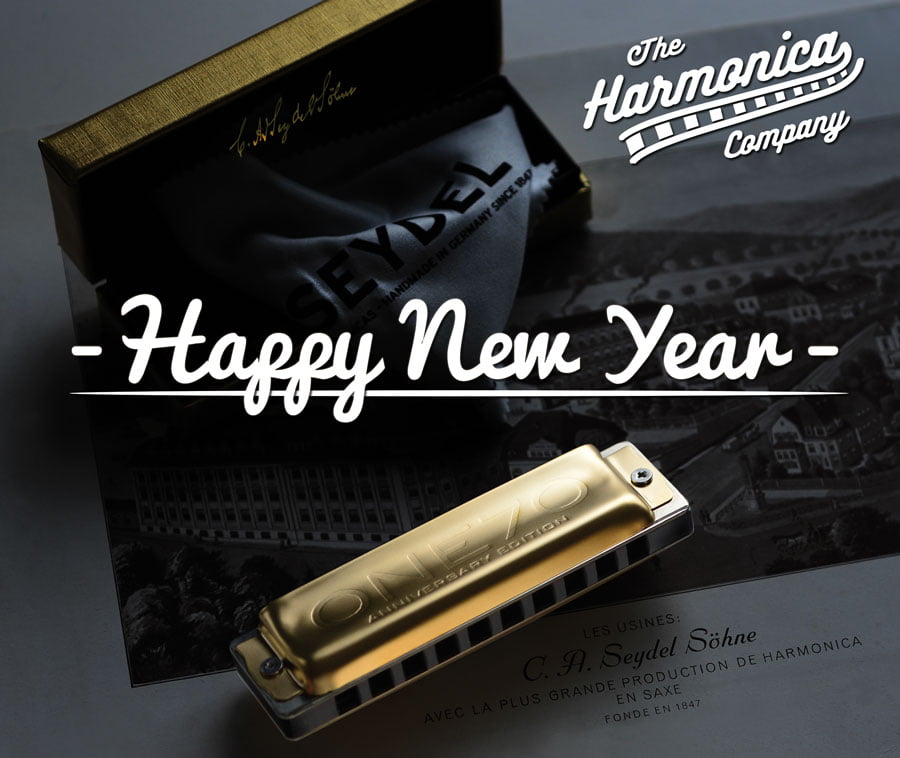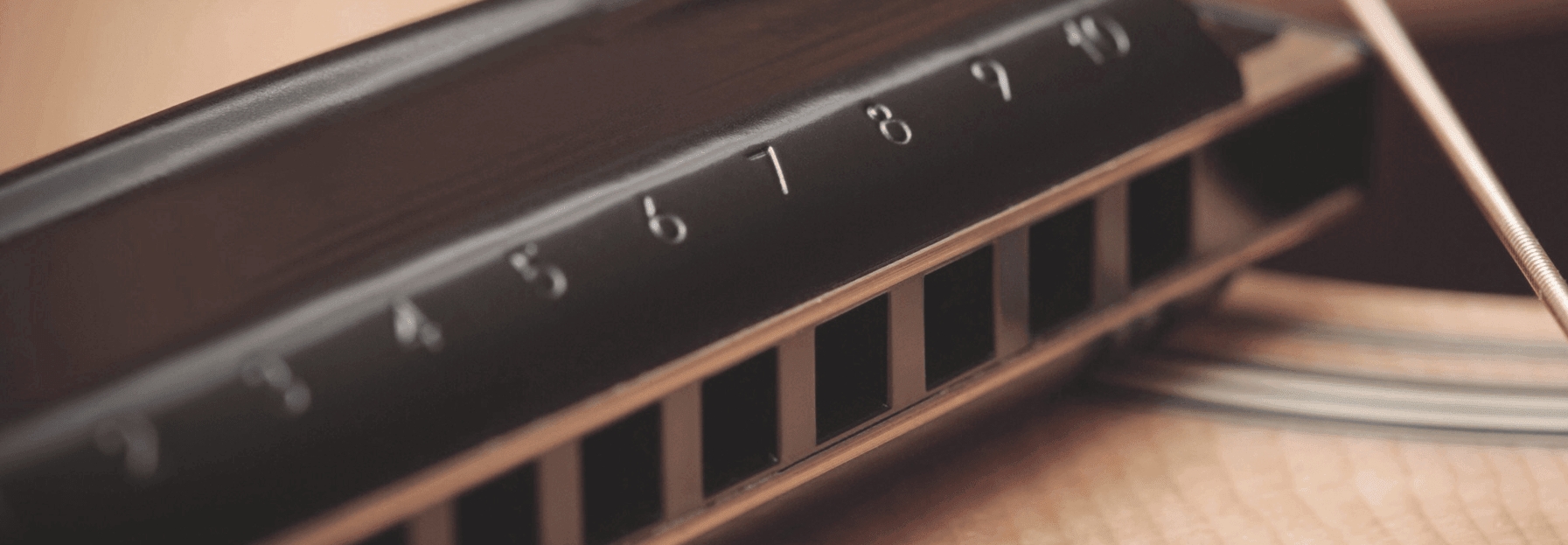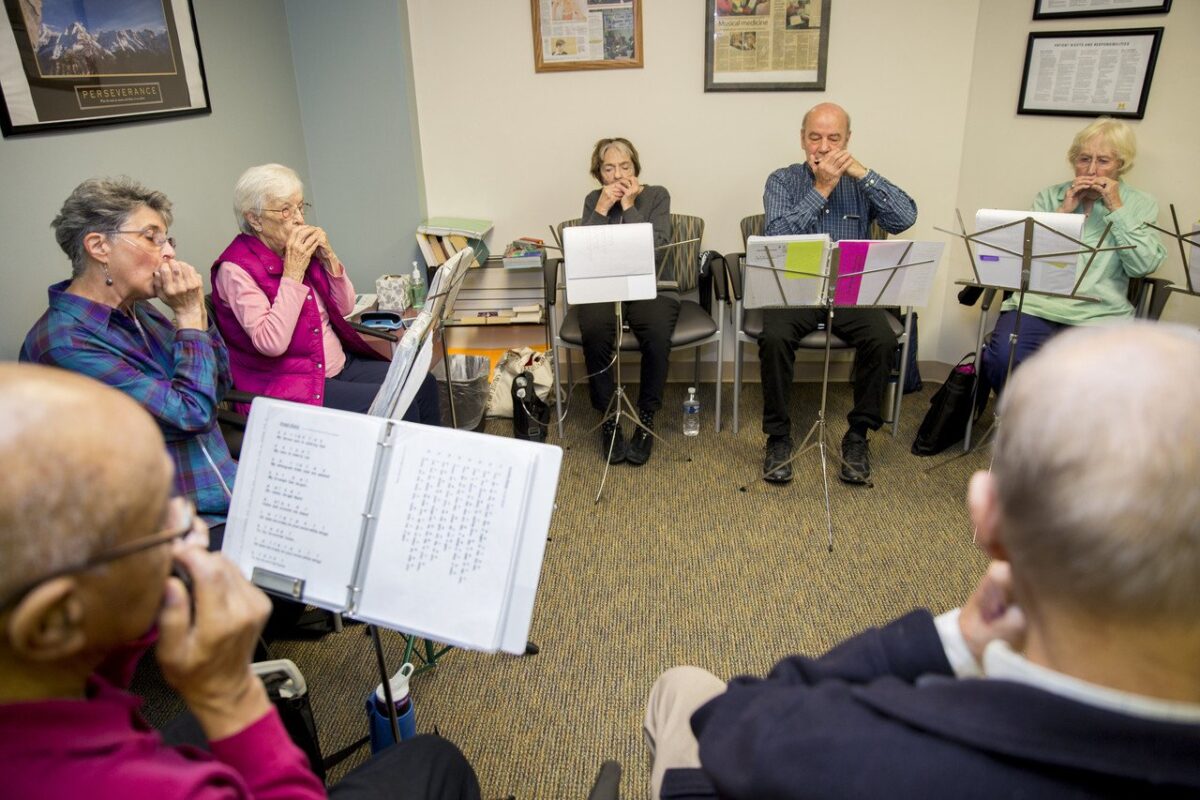The Harmonica Company would like to wish all the harmonica lovers out there a Happy New Year! We relaunched the site late 2016 under new ownership and with a much more professional approach. We can now boast to having a UK warehouse, and dedicated customer service and warehouse staff.
It is our ambition to make sure we offer the quickest delivery service in the business, we have already introduced UK next day and Saturday shipping options, as we have a fantastic relationship with Interlink/DPD.
It was a pleasure to be able to announce our relationship with the harmonica league chairman Ben Hewlett, who is our resident teacher and has kindly offered a FREE beginners course when booked through The Harmonica Company, the usual price is £35. You can book the course here. We expect to be able to start adding his Sonny Boy’s harmonica range soon too, watch this space.
2017 is the 170th anniversary of Seydel, and with it they have announced the introduction of a special anniversary harmonica called 1847 ONE70, which is a gold plated 1847 Noble with brand new cover plates. We are very proud to be able to say that we will be stocking it, and we will start shipping them out to customers as soon as they arrive in our warehouse.
What does 2017 have in store for The Harmonica Company?
It is our ambition to have a very active 2017, and without giving too much away we are working on expanding our range and announcing some interesting things. We are in discussions with multiple large harmonica manufacturers, which will help revolutionise our supplier/product range. We can announce that we will be stocking the four Lee Oskar harmonicas in every key, and that order has gone in this week. Our accessory range will grow into amps and mics, and we have a large pile of books to start adding to the site in the next month. It is a busy and fun time!
Our initial launch has been wonderful and we couldn’t have done it without our customers support, in such a short period of time since the relaunch we have truly become a global business sending mouth organs to Canada, USA, UK, Ireland, Germany, France, Italy, Spain, Serbia and Sri Lanka. We are hoping in 2017 we can add many more destinations to the list.
Happy New Year!




